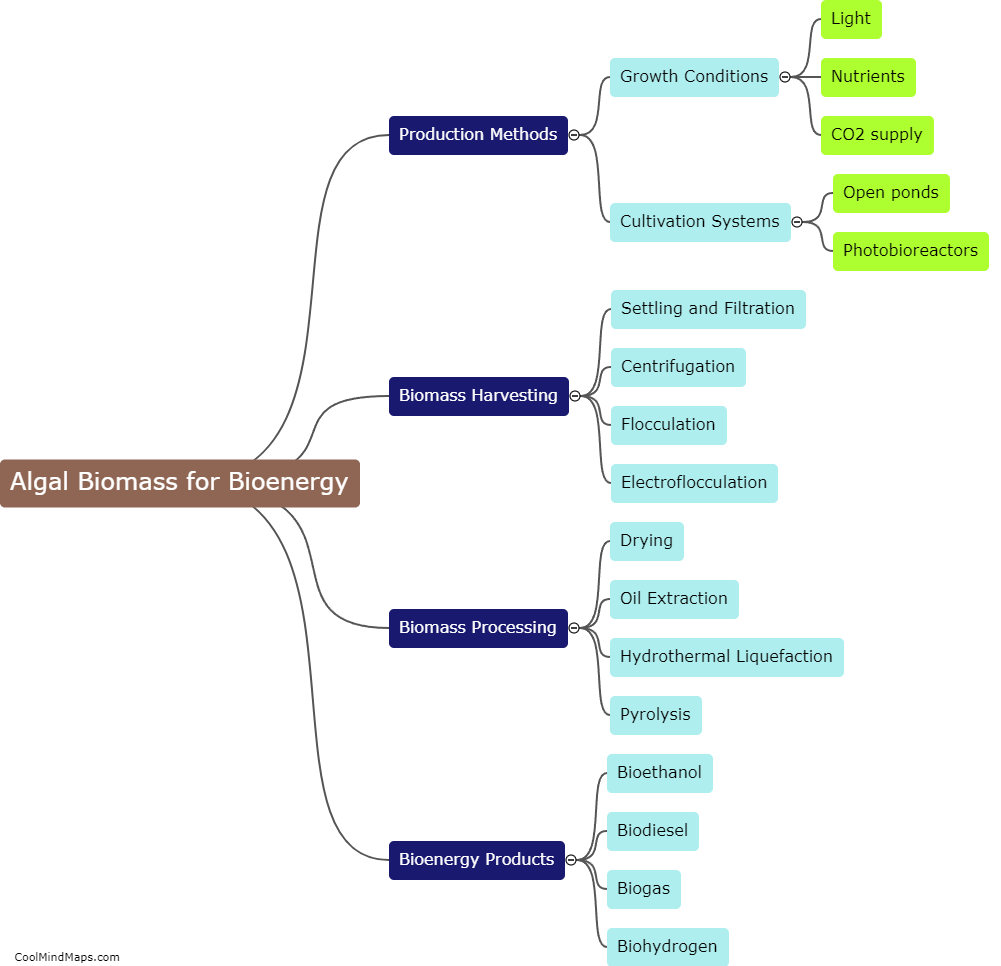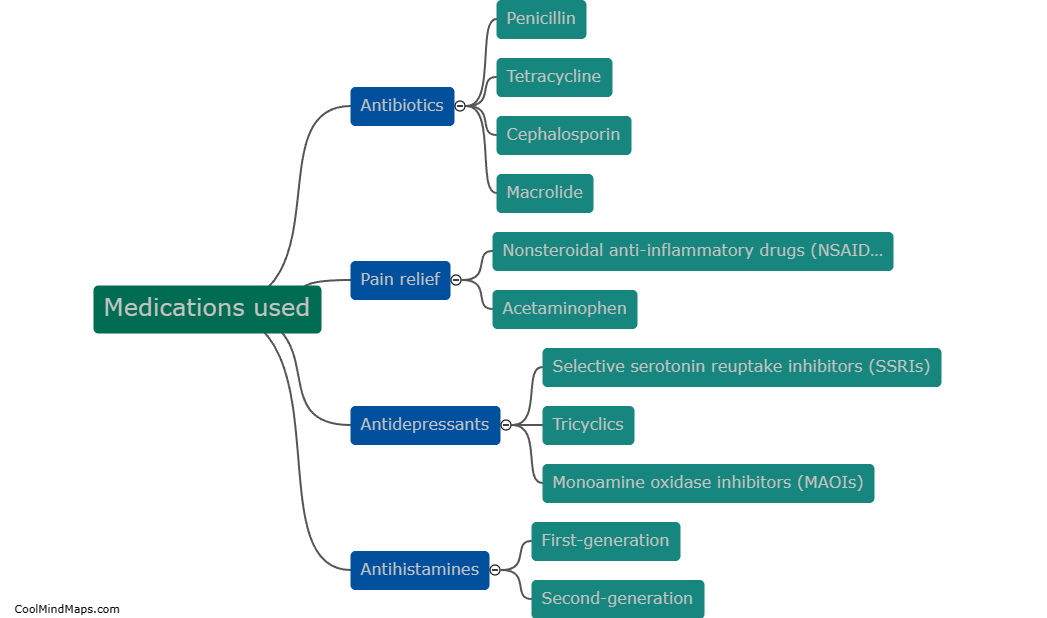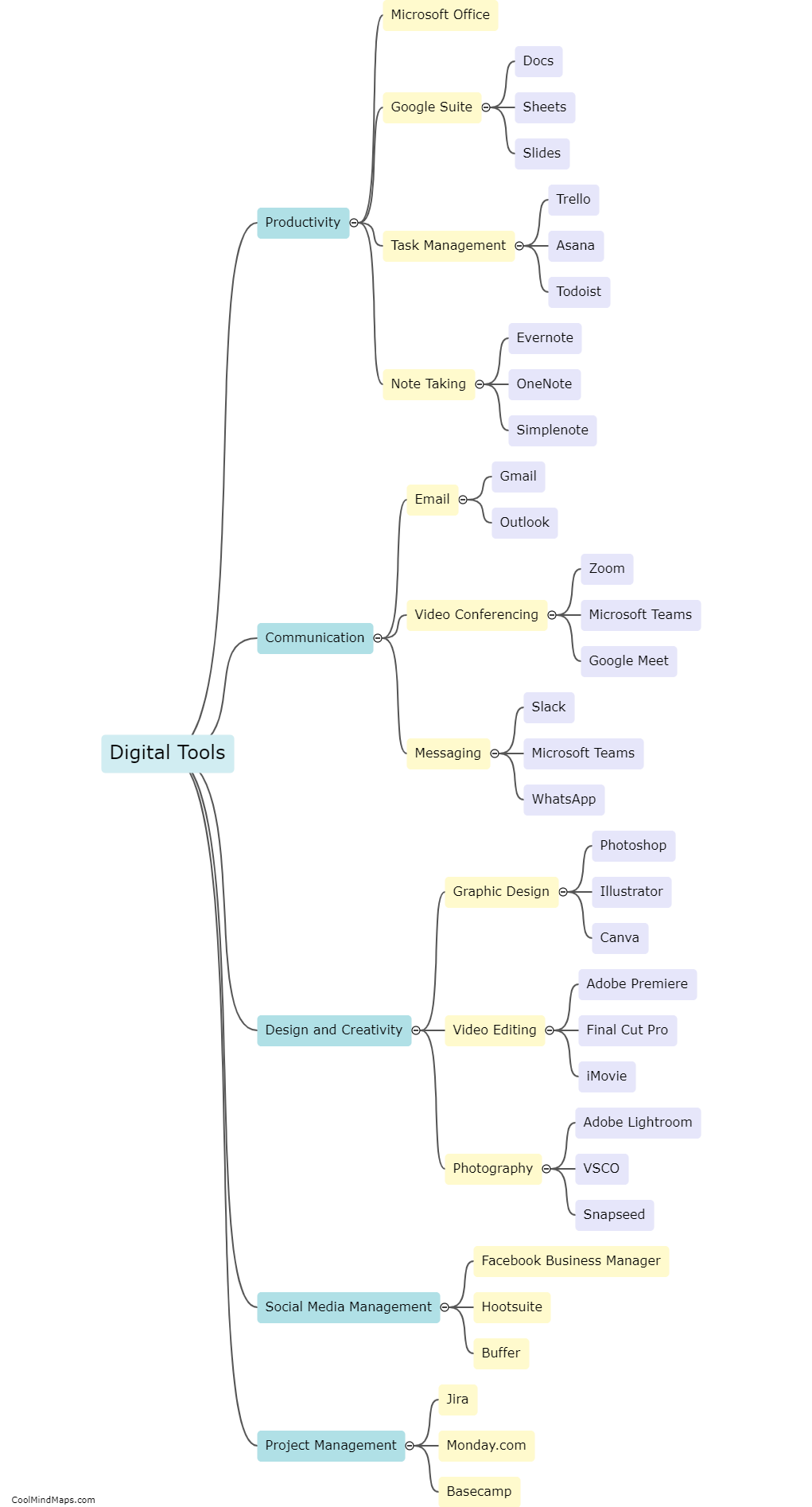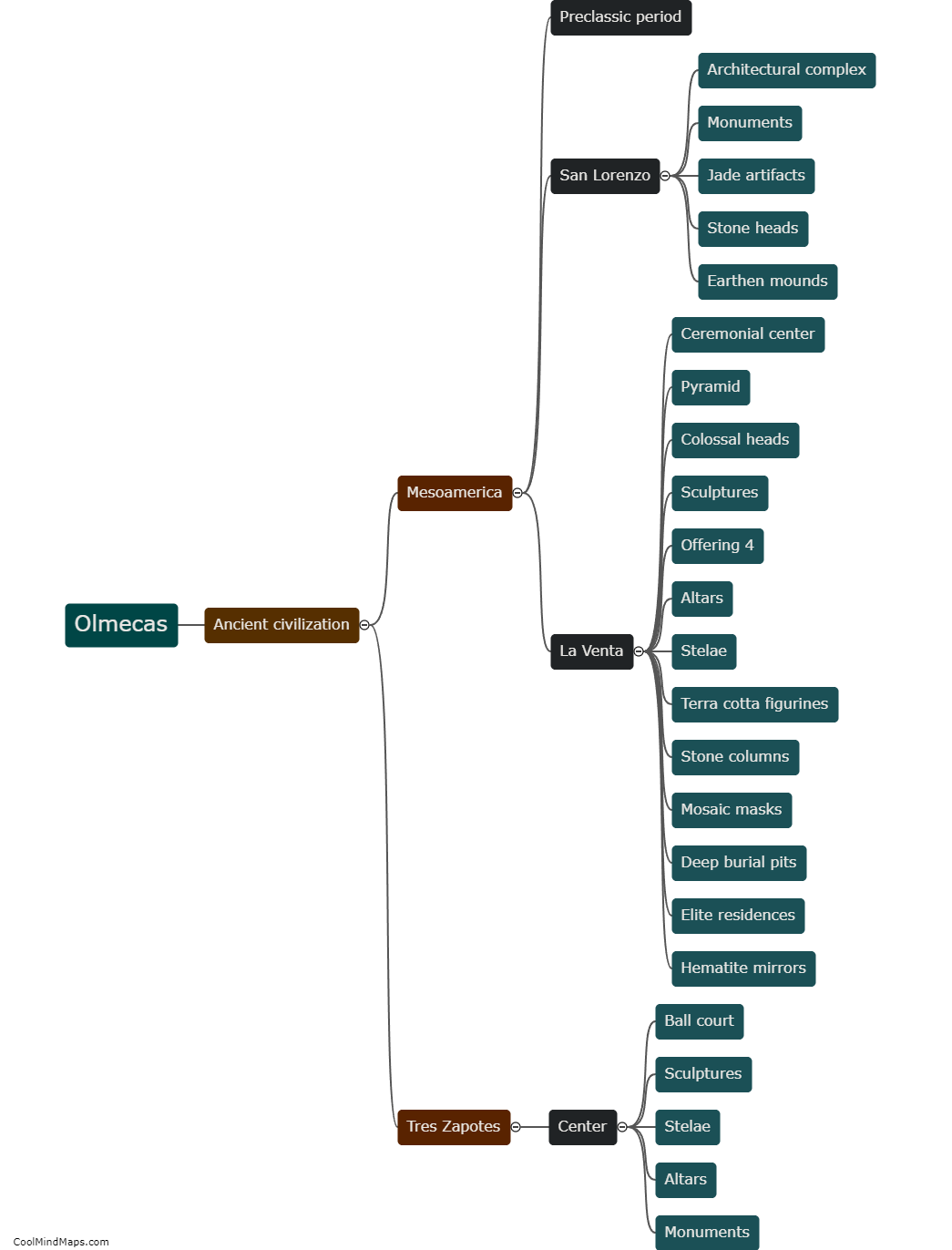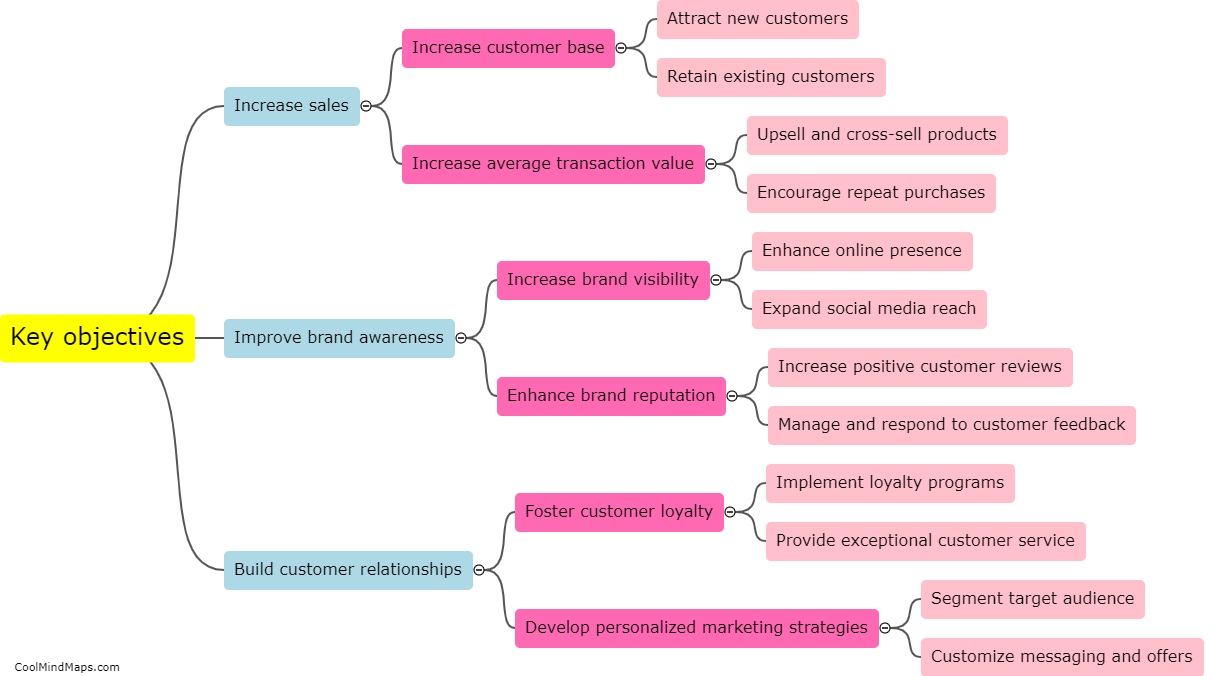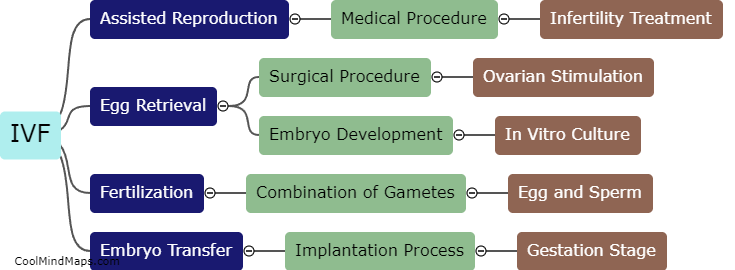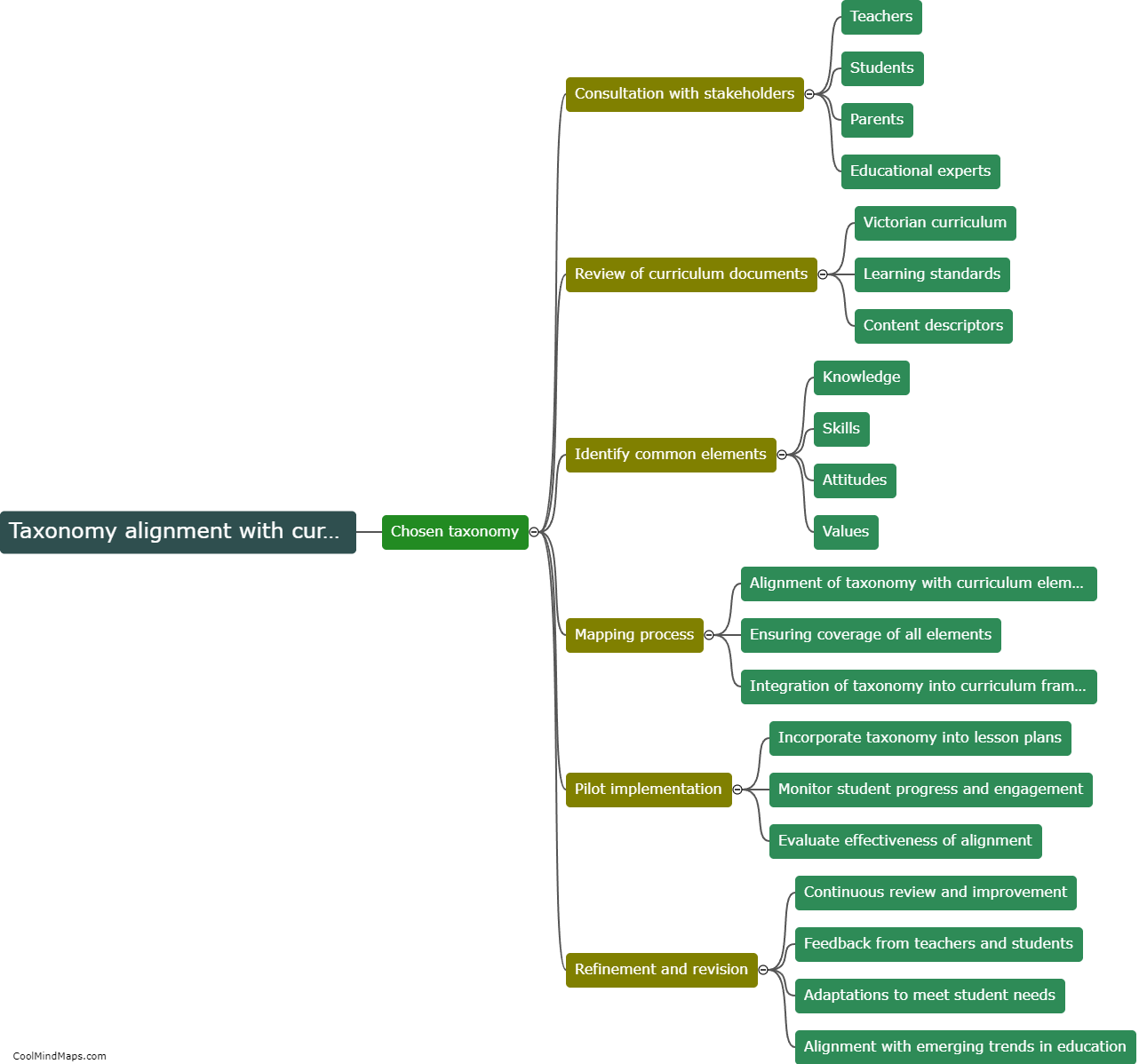What are the advantages and disadvantages of each taxonomy for English teaching?
There are different taxonomies or frameworks that can be used for English teaching, each with its own advantages and disadvantages. One commonly used taxonomy is Bloom's Taxonomy, which classifies learning objectives into six levels, namely Remembering, Understanding, Applying, Analyzing, Evaluating, and Creating. The advantage of using Bloom's Taxonomy is that it provides a clear and structured framework for teachers to design lessons that progress from lower-order thinking skills to higher-order thinking skills. This helps students develop critical thinking and problem-solving abilities. However, a disadvantage of this taxonomy is that it may be too rigid and not fully capture the complexity and interconnectedness of language skills. Another taxonomy is the Can-Do Statements framework, which focuses on communication skills and what learners are expected to be able to do at different proficiency levels. The advantage of using this taxonomy is that it aligns with real-world language use, allowing learners to set realistic goals and assess their progress. However, a disadvantage is that it may not provide explicit guidance on how to develop specific language skills, as it primarily focuses on overall proficiency levels. Ultimately, the choice of taxonomy for English teaching depends on the specific goals, needs, and preferences of both teachers and learners.
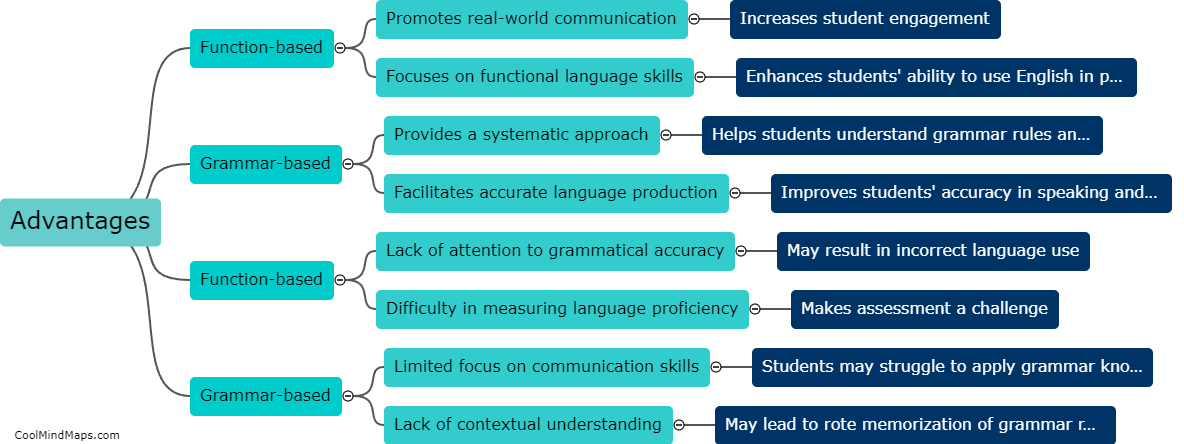
This mind map was published on 16 August 2023 and has been viewed 250 times.

